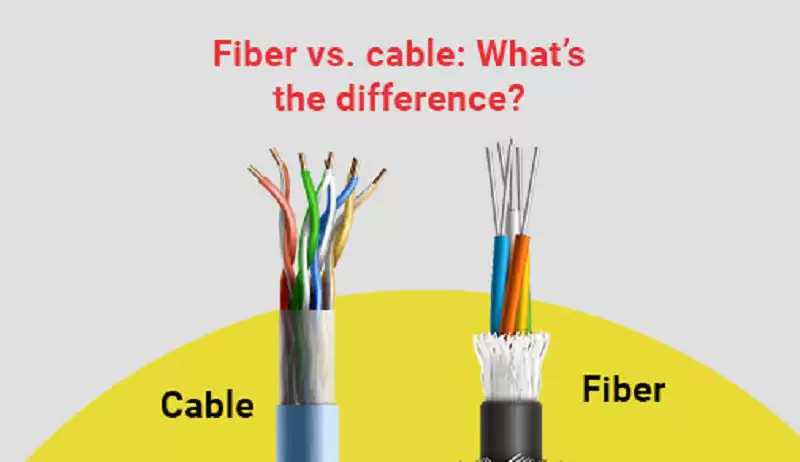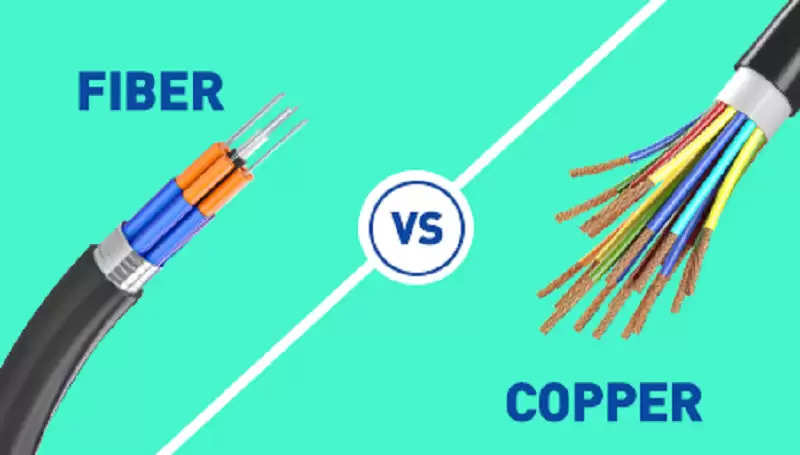Internet Connection: What's The Difference Between Fiber Optic And Wireless Broadband? Which connection is better?

Today most of the work is being done with the help of the internet. The Internet is being used for everything from shopping to banking. According to the report, more than 5 billion people use the Internet. People are increasingly buying internet connections. In such a situation, when it comes to getting a new connection, you have only two options. First fiber optic and second wireless broadband. However, most people do not know about them and they do not even know the difference between the two. In such a situation, many times they do not know which connection will be right for them to buy.

If you are planning to buy a new internet connection, then today we are going to tell you the advantages and disadvantages of both, so that you can decide wisely which connection will be better for you.
Fiber optic
Let us first tell you about the fiber optic connection. Fiber optic is a method of providing an Internet connection by passing a current of light through strands of fiber that are made of glass or, in some cases, plastic. Fiber optic diameter has a strand equal to human hair. There are many types of fiber optic connections. Such as single-mode cable, multi-mode cable, and wireless broadband.
The world is slowly moving towards fiber-optic connections, but wireless broadband still holds its power. One of the biggest advantages of a wireless broadband connection is that it is ready in a matter of days and can be used as soon as the groundwork is over.
Difference between Fiber Optic and Wireless Broadband Connection
Fiber-optic connections are built based on fiber optics, which uses light to transmit data. Whereas, the wireless broadband connection works by converting data packets into electromagnetic waves to be broadcast on a specific channel.
Difference in speed
Fiber optic provides the same speed, but the way fiber optic network handles congestion and provides higher speeds, it becomes a better option, especially when a network is handling multiple users. On the other hand, with a wireless connection, you will face network congestion which leads to slow loading.
Network stability
The speed and network stability of fiber optic connections does not decrease in proportion to the distance. On the contrary, when you are working with a wireless connection, the distance can sometimes hinder the speed of your network.
Connection time
Fiber optic cables are installed in urban and metro cities, but if you are living in rural areas, it may take some time or even years before you get a reliable connection. On the other hand, a wireless connection can be established anywhere in the world.

Cost difference between the two
The cost of installing fiber optics is quite expensive, and it may take months before you can connect to the internet. One of the biggest advantages of wireless connection is that it is cheap in many ways. Wireless broadband services can provide internet connectivity even in remote areas.
 (1).png)
